Riverview’s Top Water Removal Experts: Save Your Home Now!
Are you tired of dealing with unsightly and dangerous standing water in your Riverview home? Say goo…….
Introduction
Standing water in urban, rural, or natural environments can have significant ecological, structural, and health implications. In Riverview, a town known for its picturesque landscapes and rich biodiversity, managing standing water is crucial for maintaining the integrity of the ecosystems, protecting property from water damage, and ensuring public health and safety. This article delves into the multifaceted approach of “Riverview Standing Water Removal,” exploring its significance, the technologies involved, the economic impact, and the policies that regulate it. Readers will gain a comprehensive understanding of how this vital practice is implemented and why it is integral to the health and prosperity of Riverview and similar regions worldwide.
Understanding Riverview Standing Water Removal
“Riverview Standing Water Removal” refers to the strategies, technologies, and efforts employed to manage and eliminate standing water in various settings, from natural wetlands to urban floodplains. This practice is critical for maintaining ecological balance, preventing mosquito breeding, mitigating flood risks, and preserving infrastructure. The historical context of “Riverview Standing Water Removal” dates back to early civilizations, where simple diversion techniques were used to control water flow and prevent stagnation. Today, it encompasses a wide array of advanced methods, including artificial drainage systems, ecological restoration projects, and predictive modeling for flood mitigation.
Global Impact and Trends
The impact of standing water removal is not confined to Riverview; it is a global concern with significant trends shaping its development. Climate change has led to more frequent and intense weather events, necessitating improved water management systems worldwide. Urbanization has increased the need for efficient drainage infrastructure in cities, while preservationist movements emphasize the importance of maintaining natural wetlands for biodiversity conservation. Trends indicate a growing focus on sustainable solutions that balance human needs with environmental health, leading to innovative approaches like green infrastructure and integrated water resource management.
Economic Considerations
The economic aspects of “Riverview Standing Water Removal” are multifaceted. It involves significant investment in infrastructure, technology, and research and development. The market dynamics for products and services related to standing water removal are influenced by factors such as population growth, urban sprawl, and climate change. Economically, these efforts contribute to job creation in sectors like engineering, construction, and environmental science. Additionally, efficient standing water management can prevent costly damages to property and infrastructure, saving communities millions of dollars annually.
Technological Advancements
Technological advancements have revolutionized the field of “Riverview Standing Water Removal.” Innovations such as smart drainage systems that use sensors and data analytics to predict and respond to rainfall events are becoming more common. Satellite imagery and remote sensing technologies allow for the monitoring of wetland areas and the assessment of water levels from afar. Drones equipped with high-resolution cameras can survey large areas quickly, identifying areas of standing water that require intervention. Looking ahead, advancements in artificial intelligence and machine learning hold promise for even more sophisticated and responsive systems.
Policy and Regulation
A robust framework of policies and regulations governs “Riverview Standing Water Removal.” At the local level, zoning laws and building codes are designed to minimize the risk of water accumulation. National environmental policies may dictate how wetlands are protected or developed. Internationally, agreements like the Ramsar Convention provide guidelines for the stewardship of wetlands. These regulations play a pivotal role in shaping the strategies employed in standing water removal and ensuring that the practice is conducted responsibly and effectively.
Challenges and Criticisms
Despite its importance, “Riverview Standing Water Removal” faces numerous challenges and criticisms. One of the primary issues is funding; while it is critical, securing the necessary financial resources can be a hurdle. There are also environmental concerns, as some removal efforts have inadvertently disrupted local ecosystems. Public resistance to large-scale infrastructure projects can complicate implementation. To address these challenges, a combination of stakeholder engagement, strategic planning, and adaptive management is essential. Solutions might include the development of cost-effective technologies, educational campaigns to inform the public, and policies that balance economic growth with environmental sustainability.
Case Studies
Several case studies highlight successful applications of “Riverview Standing Water Removal.” One such example is the implementation of a green roof initiative in an urban area, which significantly reduced rainwater runoff and improved stormwater management. Another case involves a coastal community that utilized a series of constructed wetlands to filter pollutants from runoff before it reached sensitive water bodies. These studies not only demonstrate the effectiveness of various removal strategies but also provide valuable insights into the lessons learned and best practices for similar projects.
Future Prospects
The future of “Riverview Standing Water Removal” is promising, with potential growth areas in smart city development, sustainable infrastructure, and ecological preservation. Emerging trends suggest a move towards more integrated, holistic approaches that consider the interdependence of water management, urban planning, and environmental conservation. Strategic considerations will focus on enhancing resilience against extreme weather events, improving water quality, and ensuring that natural habitats are protected. With continued innovation and collaboration across sectors, “Riverview Standing Water Removal” will remain a critical component of global efforts to manage water resources sustainably.
Conclusion
“Riverview Standing Water Removal” is a complex, multifaceted practice that plays a crucial role in the health and prosperity of communities worldwide. It encompasses a wide range of activities, from the protection of natural wetlands to the implementation of advanced drainage systems in urban areas. The economic, environmental, and social dimensions of this practice underscore its importance as a tool for sustainable development. By addressing the challenges it faces through innovation, collaboration, and adaptive management, “Riverview Standing Water Removal” will continue to evolve and meet the needs of an ever-changing world.

Are you tired of dealing with unsightly and dangerous standing water in your Riverview home? Say goo…….

Are you overwhelmed by standing water after a recent flood in Riverview? Look no further! Our emerge…….
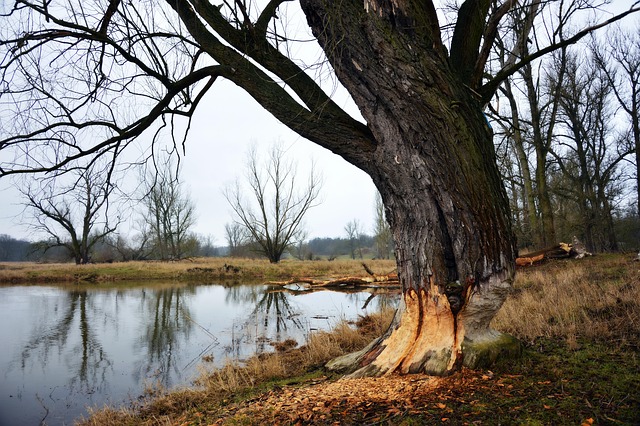
Are you facing standing water in your Riverview home? Don’t panic—you’re not alone. That’s where o…….
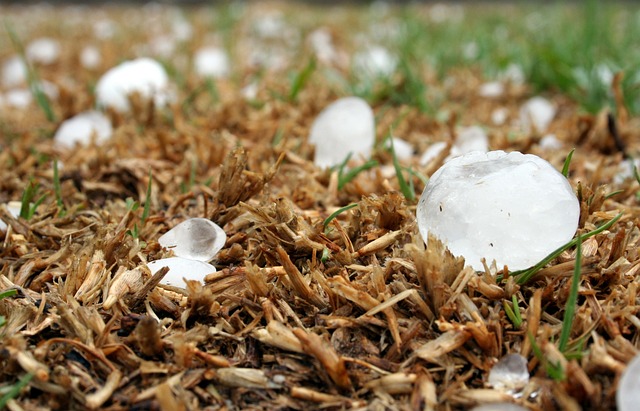
Are you tired of dealing with persistent standing water in your Riverview home? Say goodbye to the s…….

Are you overwhelmed by standing water after a flood in Riverview, FL? You don’t have to face this ch…….
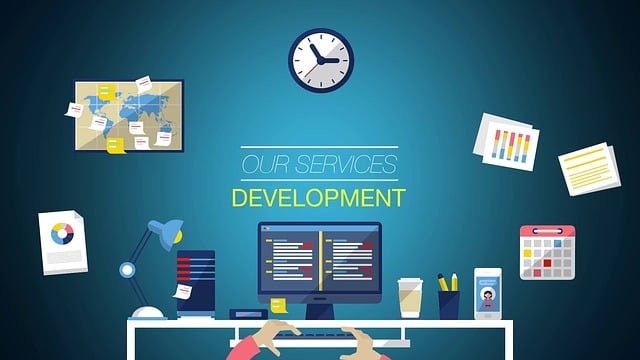
Are you tired of dealing with leaky ceilings and the endless hassle of Riverview standing water remo…….
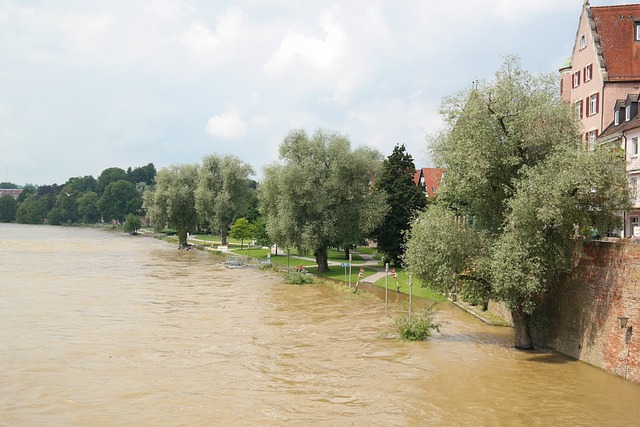
Are you facing standing water damage in your Riverview home? Don’t despair! Our top-rated profession…….
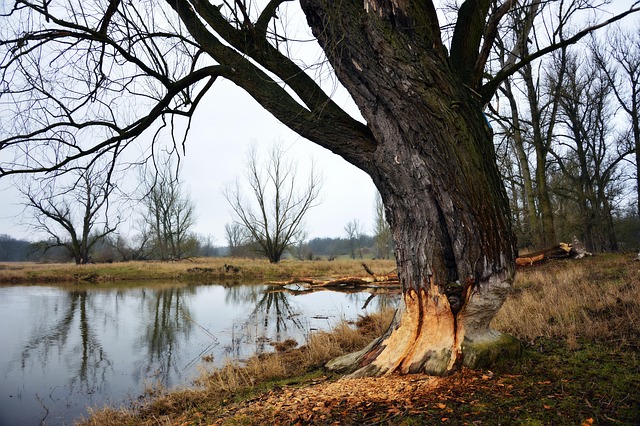
Are you tired of dealing with pesky standing water in your Riverview home? Say goodbye to the stress…….

Are you a Riverview homeowner facing flood damage? Don’t let standing water wreak havoc on your home…….

Are you tired of dealing with leaky ceilings and the constant threat of water damage in your Rivervi…….